The best running belts

Whether you're training for your next race or heading out for a quick morning jog, a good running belt lets you carry essentials like your phone, keys, fuel and cards without adding bulk or bounce (if you find a good one). To help our readers out, we've tested a bundle of options from different brands to find the best running belts.
Our testers ran with each belt over multiple distances and workouts, from easy 5Ks to long runs, assessing fit, stability, storage access and comfort.
Below, you’ll find our top picks for every type of runner, including belts for minimalists, hydration storage and marathoners carrying gels and extras.
Quick list
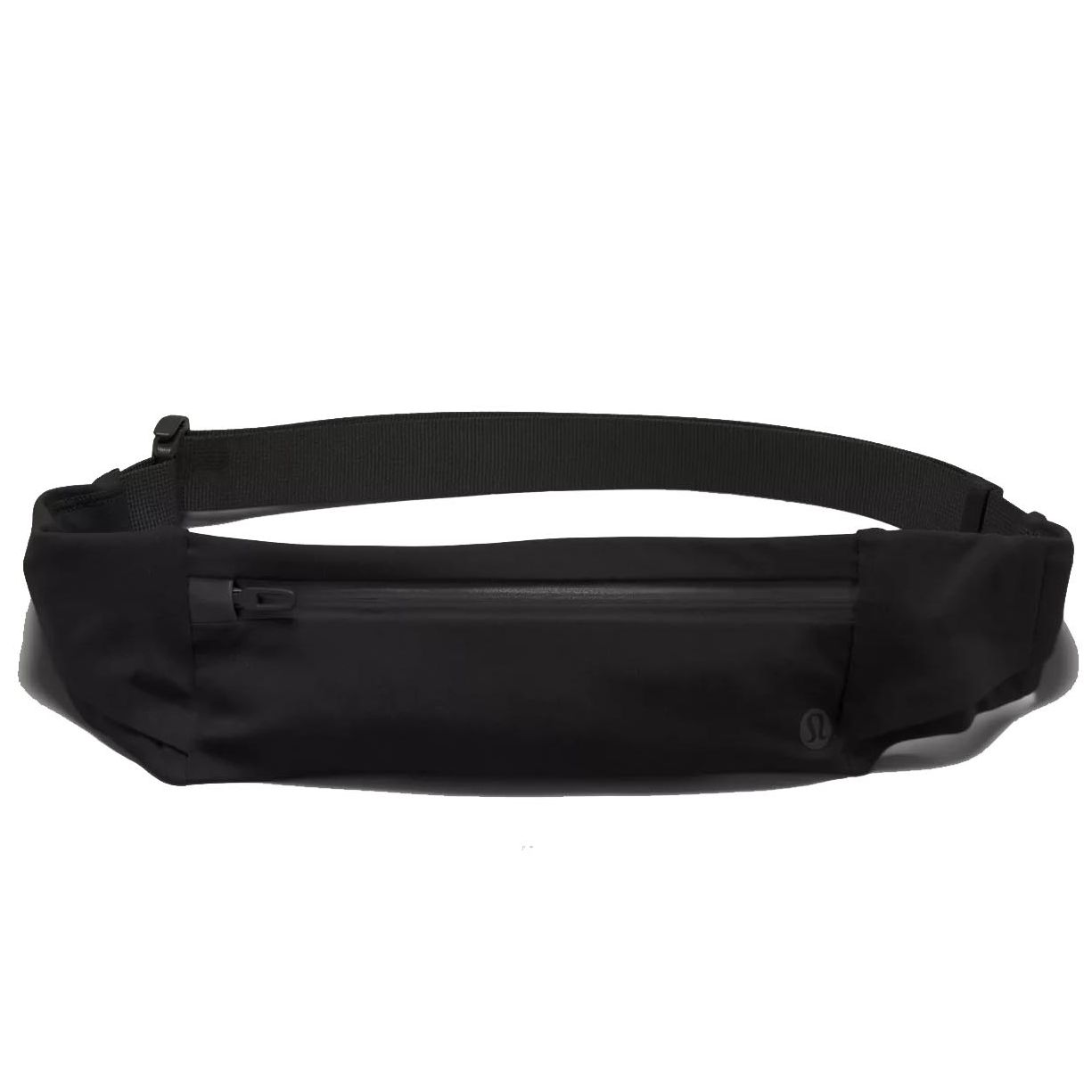
The Lululemon Fast and Free Belt might be more expensive than others, but you get what you pay for. This belt does not budge, even when you’re picking up the pace.
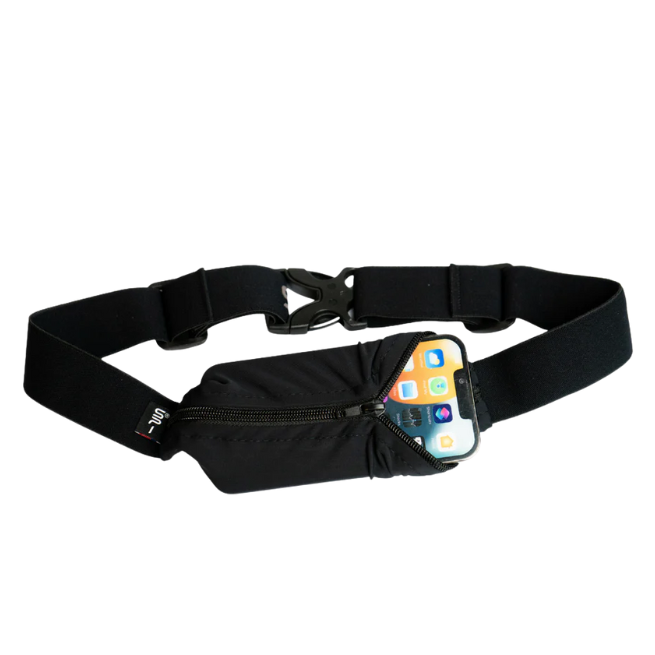
The SPIbelt Pro may look compact at first glance, but once unzipped, it easily accommodates a large phone, keys, a couple of gels, and bank cards. During testing, we barely noticed it while running, and we appreciated how easy it was to adjust.

The Camelbak Flash Belt proved to be one of the best belts during testing, especially if you’re marathon training, or running in the summer and need to carry water with you.
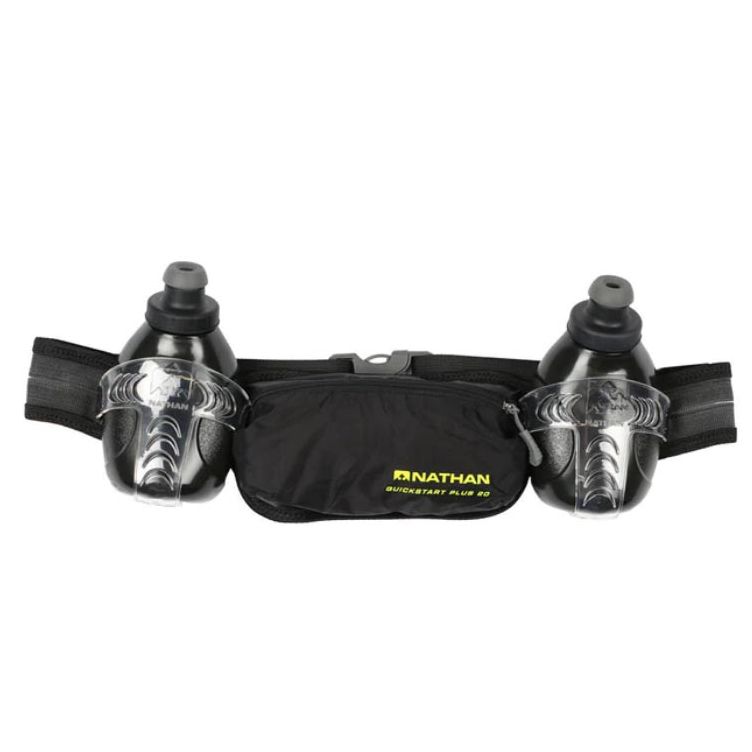
We liked that this belt had two insulated water bottles, which better helped distribute the weight across our hips. We did have to readjust, but this is a good belt for long-distance runners.
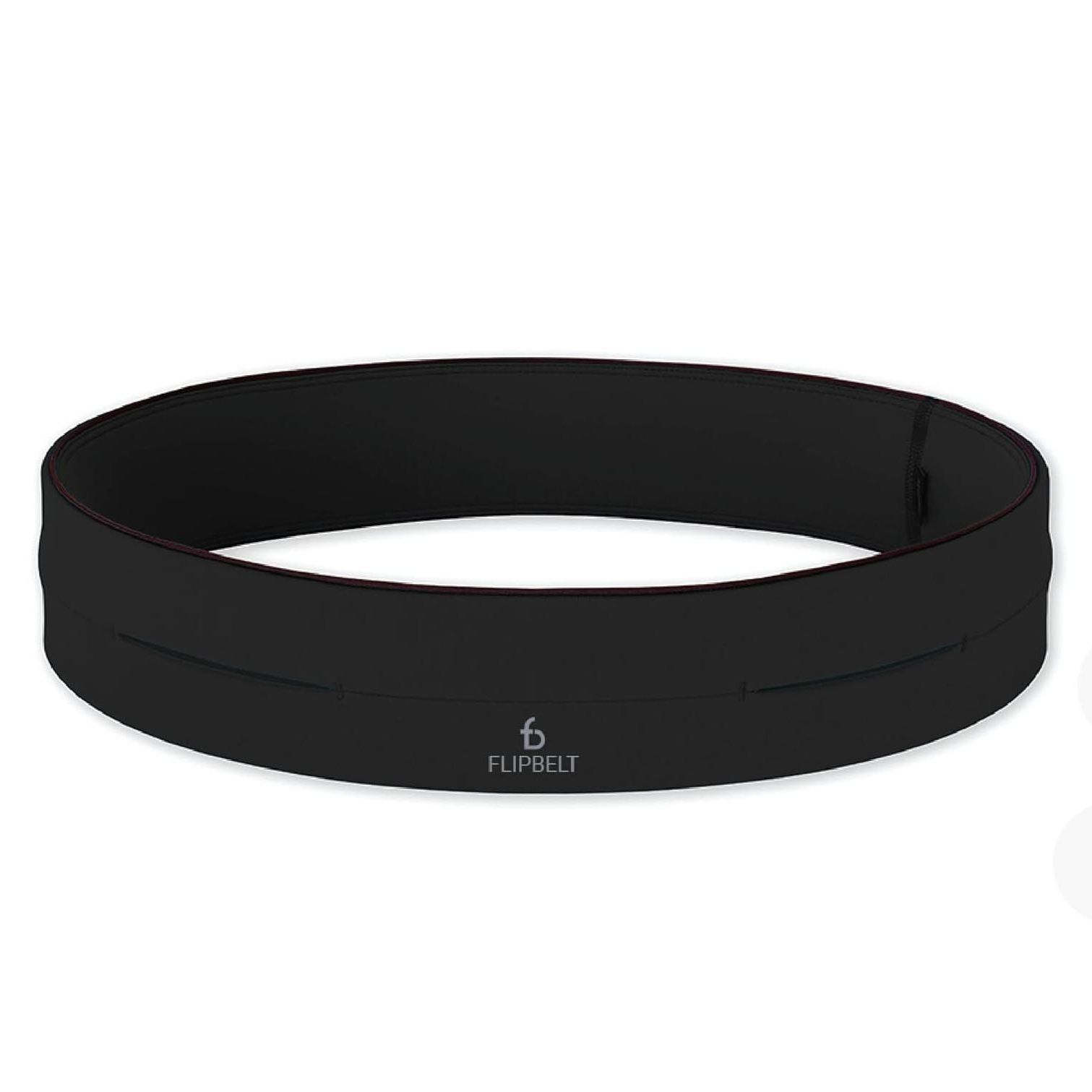
The Flipbelt is one of the most popular running belts, and for good reason. Firstly, it's available in several different colors, but also it’s offered in several sizes for a more secure fit.
Product | Best for | Waist Size | Storage Capacity | Hydration | Adjustable | |
Lululemon Fast and Free Belt | Overall | S/M: 26.6–41.2 in | 1 main zip pocket + side stash pockets | ❌ | ✅ | Row 1 - Cell 6 |
SPIbelt Pro | Comfort | 25–38 in (expandable with extension) | Expandable pocket: 9 x 4 x 2 in | ❌ | ✅ | Row 2 - Cell 6 |
CamelBak Flash Belt | Hydration | One size fits most (adjustable) | Zip pocket + 17oz insulated bottle | ✅ 17oz bottle included | ✅ | Row 3 - Cell 6 |
Nathan Hydration Insulated Belt | Marathon training | One size fits most (adjustable) | Zipped pocket + outer Velcro pouch + 2x 10oz bottles | ✅ 2x 10oz insulated bottles | ✅ | Row 4 - Cell 6 |
FlipBelt | Budget | XS–XXL (no adjustability) | Belt with internal openings | Optional (with accessory bottle) | ❌ | Row 5 - Cell 6 |
Best running belts available right now
Why you can trust Tom's Guide
Best running belt overall
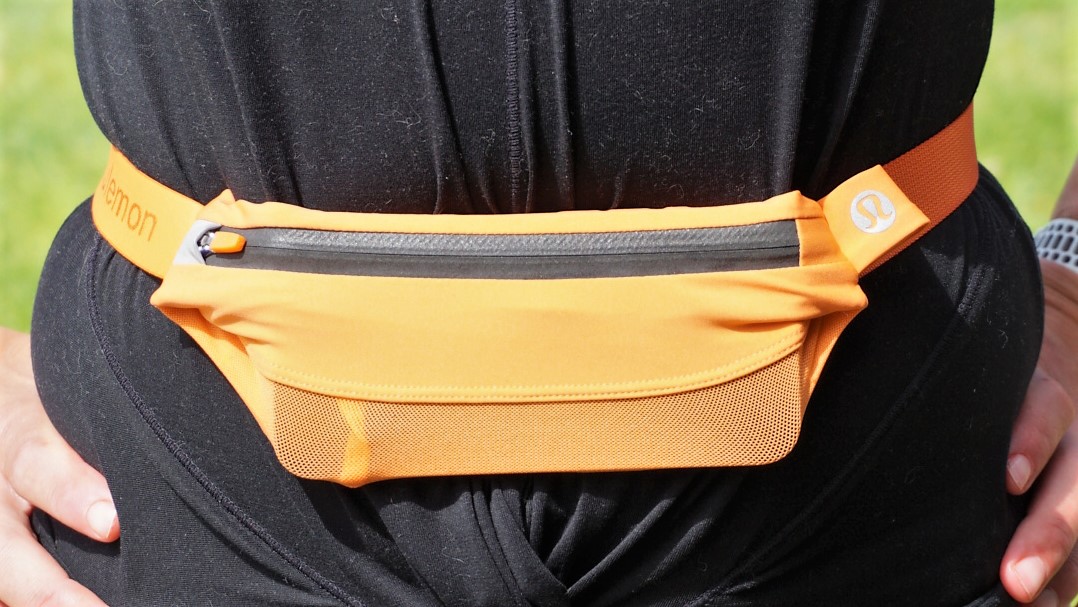
1. Lululemon Fast and Free belt
Our expert review:
Specifications
Reasons to buy
Reasons to avoid
With Lululemon getting into the running world (check out our review of the Blissfeel running shoes here), it only makes sense that they would make a running belt for those of us training for longer races. The Lululemon Fast and Free Belt might be more expensive than its competitors, but you get what you pay for here — this belt does not budge, even when you’re picking up the pace.
During testing, I found this running belt really lives up to its name during faster sessions — I felt fast and free, and was able to run without feeling restricted, or weighed down by my belt. It was my favorite low-profile belt for most runs. For longer runs, I found I was able to hold my iPhone 11, a couple of gels, and my keys in the belt, but there wasn’t much room for anything else, and there was no option to carry hydration here.
The downside with this belt is that it’s a snug fit getting your phone in and out of the belt — I found if I tried to pull my phone out mid-run, everything else in the belt would come with it. This wasn’t too much of a problem for me — I’m the kind of runner who zips my phone away and forgets about it, but if you’re a runner who loves to stop for a mid-run selfie, you might find this irritating.
Best running belt for comfort

2. SPIbelt PRO
Our expert review:
Specifications
Reasons to buy
Reasons to avoid
The SPIbelt Pro is a step up from the original SPIbelt, designed with a larger expandable pocket to accommodate bigger smartphones, keys, gels, and other essentials. It features a 1.5” wide soft elastic strap that adjusts to fit waist sizes from 25” to 38”, and if you need extra wiggle room, a belt extender is available on the SPI website.
At first glance, the SPIbelt Pro looks alarmingly small, but once unzipped, the low-profile pocket expands a lot. During testing, I comfortably fit my iPhone 11 in a bulky case alongside two gels and my house keys. Thanks to the sturdy buckle and adjustable waistband, it provided a secure, bounce-free fit that stayed in place, even during faster sessions.
That said, this belt keeps things very simple. While the expandable pocket holds more than expected, runners needing extra straps for hydration or a surplus of gels may find it limiting. If you need more storage for longer runs or hikes, check out the best hydration backpacks here.
Best running belt for hydration

3. Camelbak Flash Belt
Our expert review:
Specifications
Reasons to buy
Reasons to avoid
The Camelbak Flash Belt proved to be one of the best running belts during testing, especially if you’re marathon training, or running in the summer and need to carry water with you. The belt comes with a 17oz Camelbak water bottle, which has double-walled insulation to keep your water cool for longer as you run.
Running with the Camelbak Flash Belt is easy — you can adjust it to the correct size, and the belt is one size that fits most. The straps are adjustable, and it's one of the more forgiving belts I've worn — many belts won't fit bigger sizes without feeling tight, but the Camelbak Flash Belt adjusts to fit larger sizes. Even when the water bottle was full, I had no issue with the belt bouncing or moving on the run.
The belt holds hydration, fuel, and a cell phone, but only just — the main drawbacks are that the pocket size is limited, and it might be big enough to hold some larger smartphones. During testing, I found it could hold my iPhone 11, two gels and a credit card, but if you’re a runner who doesn’t travel light, this might not be the belt for you. It’s also slightly heavier than other belts on the market, but in my opinion, the heavier weight is a trade-off for the belt’s ability to carry hydration. This proved to be my favorite belt, especially when I hit the trails, but if you’re a super-speedy runner, it might not be the running belt you reach for on race day.
Best running belt for marathon training

4. Nathan Hydration Insulated Running Belt
Specifications
Reasons to buy
Reasons to avoid
We liked that this running belt had not one, but two small insulated water bottles, which better helped distribute the weight across our hips. In addition to an adjustable clip in the front, this running belt has two elastic cinches on each side, so you can get a snugger fit if you feel the belt slipping as you run. It was easy to adjust; we were able to tighten it without breaking our stride. As a bonus, you can also use these elastic cinches to hold gels.
The two water bottles also fit securely in their holsters, but were equally easy to remove — and put back in their place — mid-stride. We're not convinced of the necessity of the bottles being insulated, but at least the insulation is reflective, which made us more visible to traffic in darker conditions.
In between the water bottles is a padded, double pouch; the inner, zippered pocket was spacious enough to hold an iPhone 14 Pro, while the outer pocket — secured by a strip of Velcro — is big enough for several gel packs.
We ran with the Nathan Hydration belt for several hours, and aside from having to tighten it a few times, found it to be very comfortable and barely noticeable.
Best runner-up budget running belt
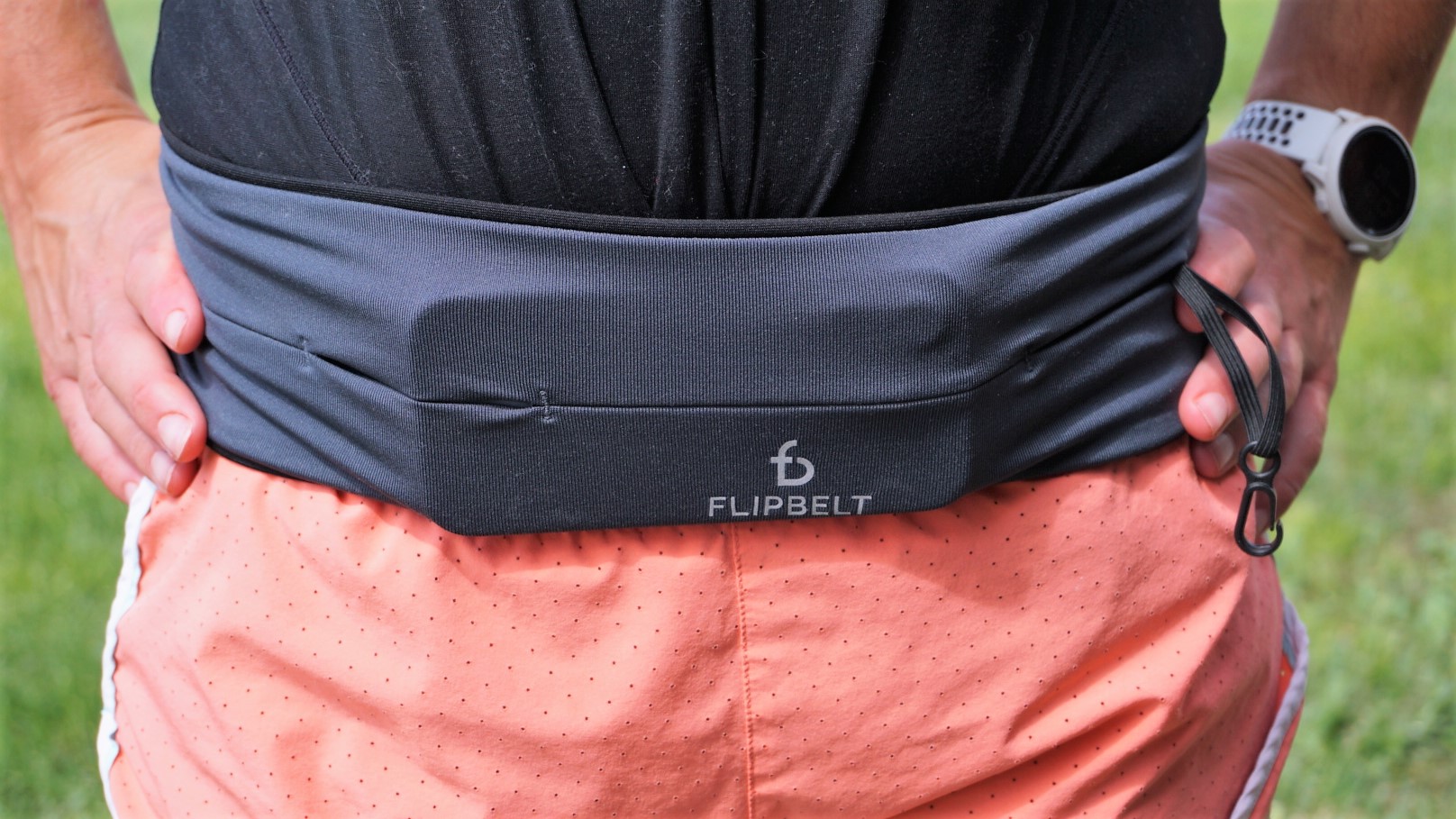
5. Flipbelt
Our expert review:
Specifications
Reasons to buy
Reasons to avoid
The Flipbelt is one of the most popular running belts, and for good reason. Firstly, it's available in several different colors, but what makes the Flipbelt unique is that, instead of an adjustable band, it's offered in several sizes, so you may need to try on several of them to decide which size fits your waist most securely. Of course, the downside with purchasing by size, with no adjustable feature, is that if you lose or gain weight, you'll have to buy another size.
When out running, the Flipbelt stays secure — during testing, we had no issue with the Flipbelt moving or bouncing on the run. I also found it can hold a lot more than you think — I was able to fit several gels, an iPhone 11 with a case, a small water bottle, keys, and nutrition in the belt, and there was still a little more room for say a hairband, credit card or lip balm. Flipbelt even offers accessories, such as compatible water bottles and lights, so you can tailor the belt to your needs.
How we test the best running belts
To understand the capabilities of each running belt on this list, we went on several different runs while wearing each of them to see how they performed during easy runs, and hard efforts. We looked at whether the running belt was easy to adjust for a secure fit against the waist, and how much it bounced against the back during a run.
We also tried packing the belts with a number of different items you’d want to carry on the run. For example, we tried all of the belts with an iPhone 11 with a bulky case, as well as a number of different gels, snacks, credit cards, keys, and a lip balm, to see how much room there was to spare.
We then looked at the little things, like how easy it was to adjust the straps on the belt, how easy it was to remove your phone mid-run, and the overall weight of the belt when packed.
How to choose the best running belt for you
Fit
A good running belt should feel like it’s barely there. If it’s bouncing, sliding, or slowly making its way up to your ribcage mid-run, it’s not the one. Some belts come in set sizes, others let you adjust the fit with Velcro or buckles. Whichever you pick, aim for snug but not suffocating. You want it to stay put without cutting off your oxygen supply.
Storage
What do you actually need to carry? If your answer is “just my phone and a key,” don’t get sucked into buying a belt that could double as a hiking pack. But if you’re the kind of runner who needs fuel, tissues, lip balm, and a lucky charm just to make it through 10K, look for something with multiple pockets. Some belts even have little loops for gels or race numbers. It’s all about working out your non-negotiables.
Durability and materials
This isn’t a once-a-month accessory. If you’re running regularly, your belt will get sweaty, soaked, and probably stuffed in a gym bag more times than you’d like to admit. Look for breathable, stretchy materials that wick sweat and hold up over time. Bonus points for water-resistant designs to keep your phone safe if the weather turns or you forget the forecast.
Running style and distance
Training for your first 5K? You might just want something featherlight that can hold your phone and not annoy you. Logging serious mileage or training for a marathon? Go for a belt with extra storage for snacks, a soft flask, and anything else that keeps you moving. Trail runners should also think about durability and extra compartments. It’s surprising how handy a pocket for a mini first aid kit or an emergency snack bar can be when you’re far from home.
FAQs
What is the difference between a running belt and a fanny back?
A running belt is designed to stay snug and comfortable during movement, using sweat-wicking, fast-drying fabric and secure pockets to prevent bouncing. A fanny pack is a general-purpose bag that may lack these features, often causing bounce and discomfort when moving at a faster pace.
Should you wear your running belt on the back or front of the body?
Most people wear a running belt on the front of their hips for the best fit and least bounce. From personal experience, I once ran a marathon with the pockets above my bum and had a lot of pain in my tailbone the next day. Ultimately, work out what feels best for you, but make sure the belt is snug and secure.
How to prevent chafing from a running belt
To prevent chafing, choose a quality running belt made from moisture-wicking fabric. Wear it over a layer of clothing or apply anti-chafing balm or petroleum jelly to areas where the belt rubs, such as around your waist or lower back.
Can you wear a running belt to race in?
Yes, running belts are allowed in most races and are popular for carrying essentials like gels. Before race day make sure it fits well, doesn’t bounce, and allows easy access to items. Always check race rules and test the belt during training before race day.
Get instant access to breaking news, the hottest reviews, great deals and helpful tips.

Jessica has been a fitness writer at Tom’s Guide since 2023, bringing three years of experience writing about health, fitness, and the great outdoors. Her passion for exercise began during her childhood, where she spent weekends hiking and competing in local athletics club events. After earning a master’s degree in journalism from Cardiff University, Jessica found the perfect way to combine her love of storytelling and fitness into a career.
Jessica is passionate about testing fitness gear and tech, using her reviews to help readers make informed buying decisions. She ran her first marathon in April 2024, finishing it in 3 hours and 48 minutes. Through her training, she’s developed a deep understanding of what it takes to grow as a runner, from effective workouts and recovery techniques to selecting the right gear for every challenge.
When she’s not at her desk, Jessica enjoys spending time in the kitchen crafting new recipes, braving cold water swims and hiking.
